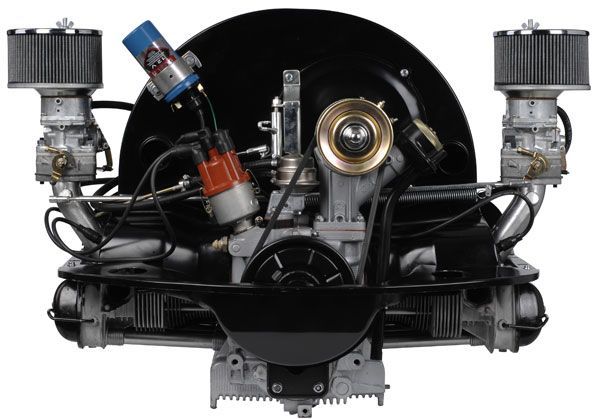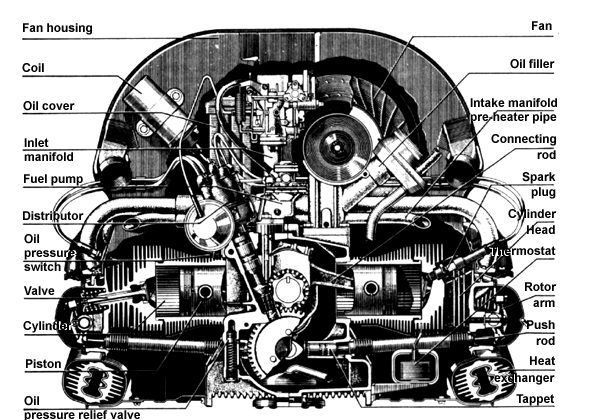Dan Thomas
Touchdown! Greaser!
- Joined
- Jun 16, 2008
- Messages
- 10,773
- Display Name
Display name:
Dan Thomas
Funny how this works.. You see that VW bus is going forward as is evidenced by the splashing of the water. Usually when a rigid object such as a bus moves forward, eventually the rear end will be where the forward end is. So at some point further along, that rear of that VW bus will be where you see the front at the moment. In the water. Submerged. That poor, poor engine.
Shock cooling is a horrible thing and very real. Be afraid everyone.
Obviously you've never been under a VW. The cylinders and heads are completely shrouded; they're not out in the road splash. You'd have to drive it, thoroughly heated up, into a deep puddle.


